American Hornbeam (Ironwood Tree) – 1 Gallon Pot
$39.97 Original price was: $39.97.$27.98Current price is: $27.98.
SKU: D2LSC 6918045895 Category: NATIVE PLANTS
- Elevate Your Shopping Experience
- Get Quality, Get More
- 7-Day Returns, 100% Quality
- Protect Your Wallet with Safe Payments

American Hornbeam
Carpinus caroliniana
Other Common Names: Blue Beech, Muscle Beech, Water Beech, Muscletree, Musclewood, Ironwood
Plant Details
USDA Plant Hardiness Zones: 3a-9b Find Your Zone
Plant Type: Deciduous Tree
Height at Maturity: 20-30′
Width at Maturity: 20-35′
Spacing: 40 feet for space between trees
Spacing: 40 feet for space between trees
Growth Habit / Form: Oval when young to rounded spreading with age
Growth Rate: Moderate
Flower Color: White (female), Green (male)
Flowering Period: Early Spring, Spring
Flower Type: Catkins, insignificant
Fragrant Flowers: No
Foliage Color: Dark Green
Fall Foliage Color: Orange
Fall Foliage Color: Orange
Fragrant Foliage: No
Bark Color: Blue Grey
Sun Needs: Deep Shade to Partial Shade; Full Sun with ample soil moisture
Water Needs: Average
Soil Type: Clay, Loam, Rocky, Sand, Silt
Soil Drainage: Moist But Well-Drained
Soil pH: 4.0 – 7.5
Maintenance / Care: Low
Attracts: Butterflies, Beneficial Pollinators, Birds
Resistances: Black Walnut (Juglan resistant), Deer, Disease, Humidity, Heavy Shade
Description
A tree that loves life on the shady side, the American Hornbeam is perfect for use in heavy to medium shaded woodland areas or along the banks of streams or ponds, which means it also tolerates consistently moist soils provided they are well-drained. Full sun is fine, and the canopy is more dense with it, but just make sure there is ample soil moisture. It has several nicknames, including blue beech, muscle beech, water beech, muscletree, musclewood, and ironwood. The reference to muscle relates to the tree’s characteristic fluted trunk and branches that look like muscles…making it a tree you can’t walk by without wanting to touch it. The wood itself is extremely strong and has been used to make tools and other implements. It produces elongated, arrow-shaped, dark green leaves that turn a variegated orange to red in the fall. Come winter, its blue-gray bark creates a beautiful contrast to the snow in northern climates. The perfect understory tree for woodland areas!
Special Attributes
If you’re into butterflies and other wildlife, American Hornbeam is a larval host plant for the Eastern Tiger Swallowtail and Red-spotted Purple butterflies. The Eastern Tiger Swallowtail has three flights from February-November in the deep south and March-September in the north. The Red-spotted Purple has two broods from April-October. The seed and buds provide food source for songbirds, ruffed grouse, quail, wild turkeys, foxes, and squirrels. The canopy also provides good cover and shelter for animals.
If you’re into butterflies and other wildlife, American Hornbeam is a larval host plant for the Eastern Tiger Swallowtail and Red-spotted Purple butterflies. The Eastern Tiger Swallowtail has three flights from February-November in the deep south and March-September in the north. The Red-spotted Purple has two broods from April-October. The seed and buds provide food source for songbirds, ruffed grouse, quail, wild turkeys, foxes, and squirrels. The canopy also provides good cover and shelter for animals.
Landscape & Garden Uses
Growing 20 to 35 feet tall and equally as wide, the American Hornbeam is ideal for use as a specimen, in groupings or along sunny or shady woodland borders, streams and lakes. Perfect for use in heavily shaded woodland areas as an understory tree. A fine addition to butterfly gardens, pollinator gardens, native gardens and rain gardens.
Suggested Spacing: 40 feet apart for space between trees
Growing Preferences
Being a native tree, the American Hornbeam is exceptionally easy to grow in a variety of soil types, including clay, rocky and chalky soils. It prefers growing in heavy to part shade in soils that stay consistently moist. Morning or evening sun is fine…and it will even grow in full sun provided there is ample soil moisture. Maintenance is minimal. Pruning isn’t necessary. That said, if you want to expose more trunk the lower branches can be removed to desired height.
Note: Find helpful advice from our experts under the Planting & Care tab above on desktop computer monitors or below on mobile devices.
Plant Long & Prosper!
Meet The Wilson Brothers & Staff
Questions? Contact Us!
Be the first to review “American Hornbeam (Ironwood Tree) – 1 Gallon Pot” Cancel reply
Related products
Sale!
NATIVE PLANTS
Sale!
NATIVE PLANTS
Sale!
NATIVE PLANTS
Sale!
NATIVE PLANTS
Sale!
NATIVE PLANTS
Sale!
Sale!
NATIVE PLANTS
Sale!
NATIVE PLANTS






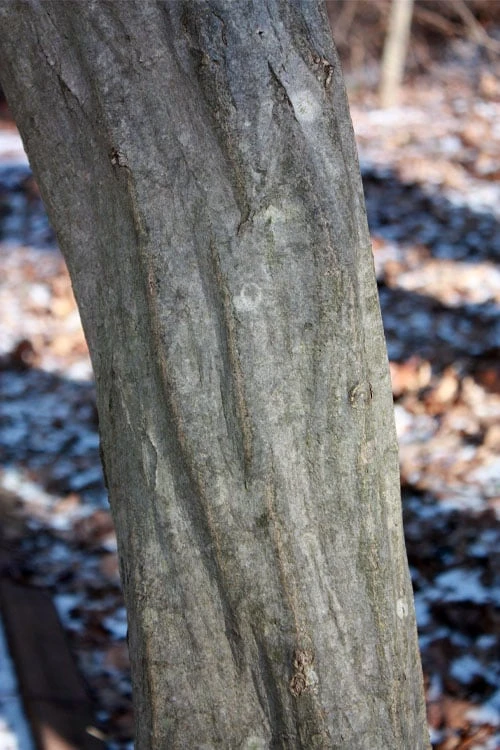
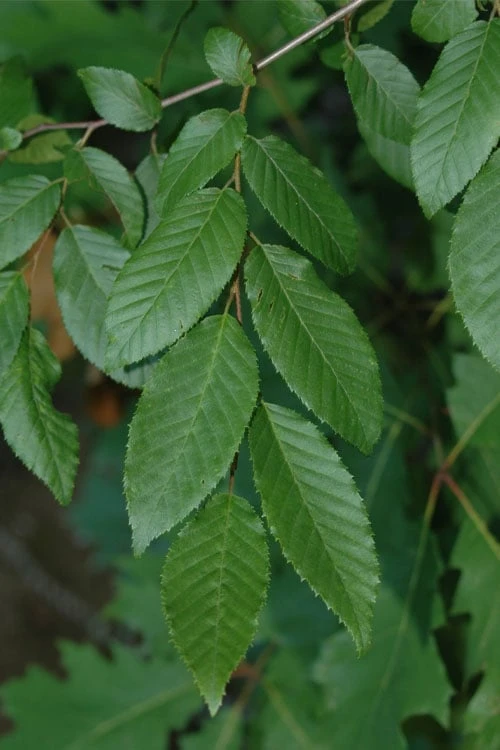
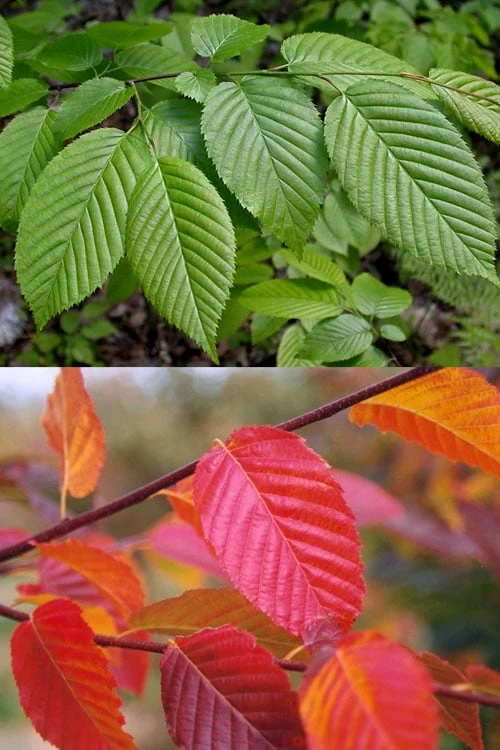
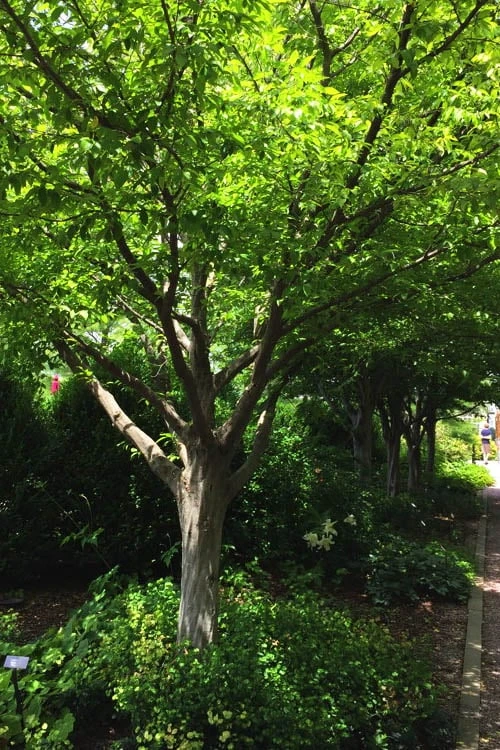
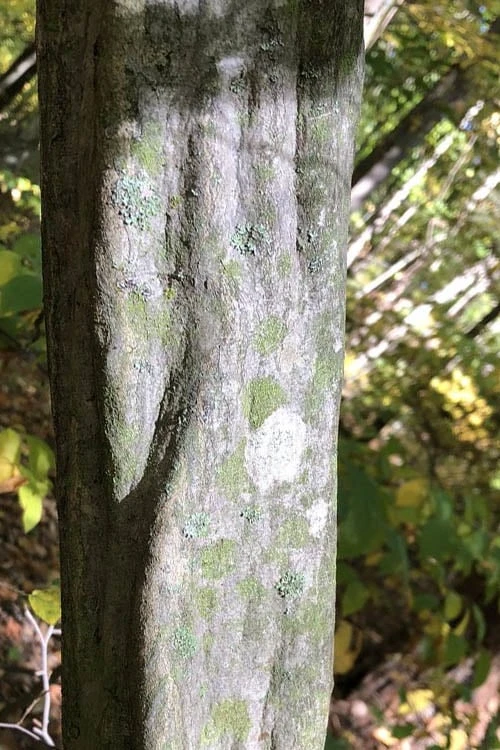
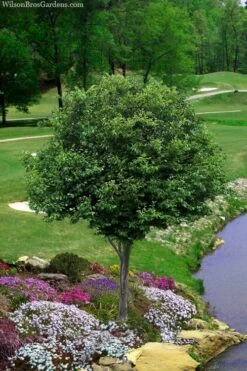



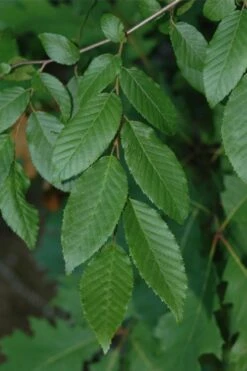
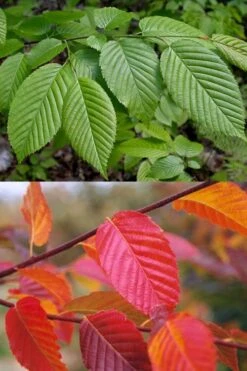
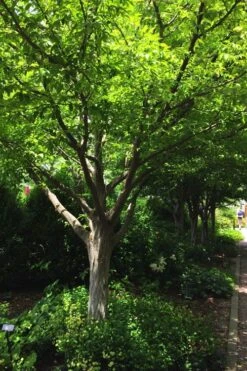
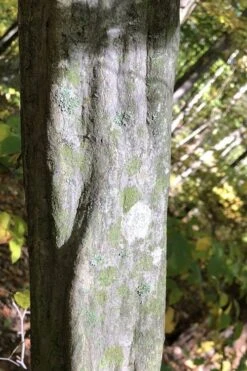


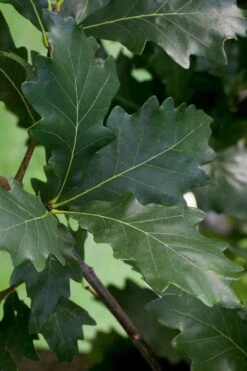

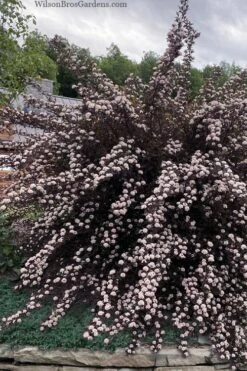

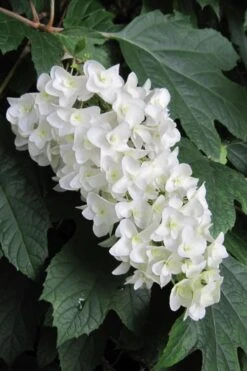







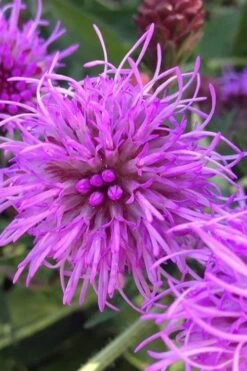

Reviews
There are no reviews yet.